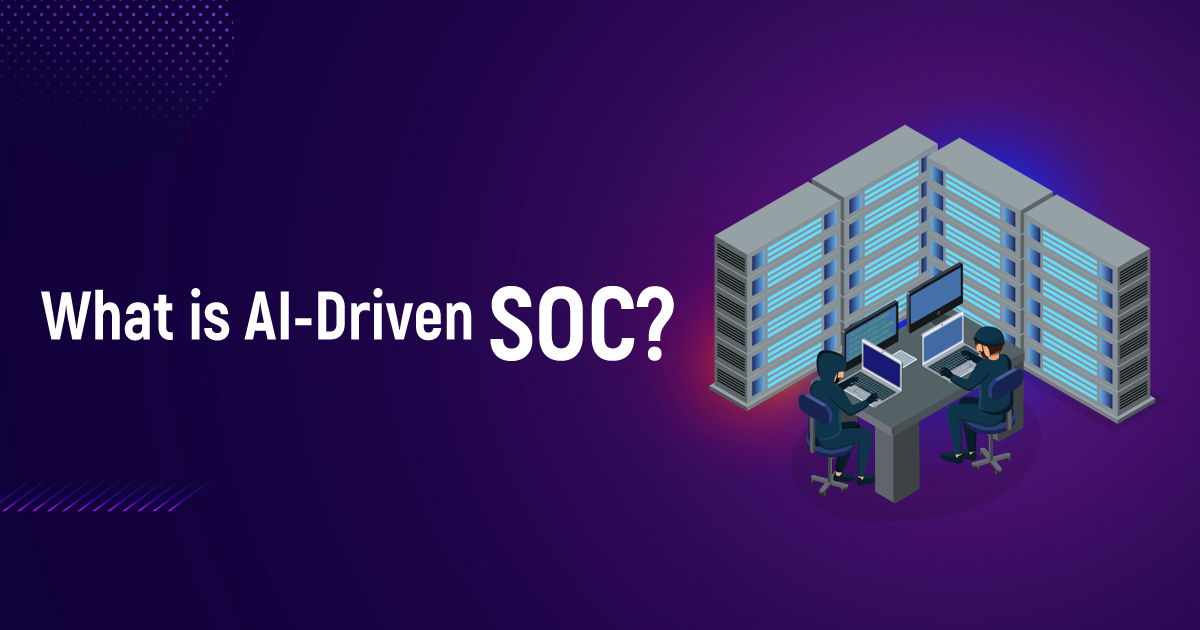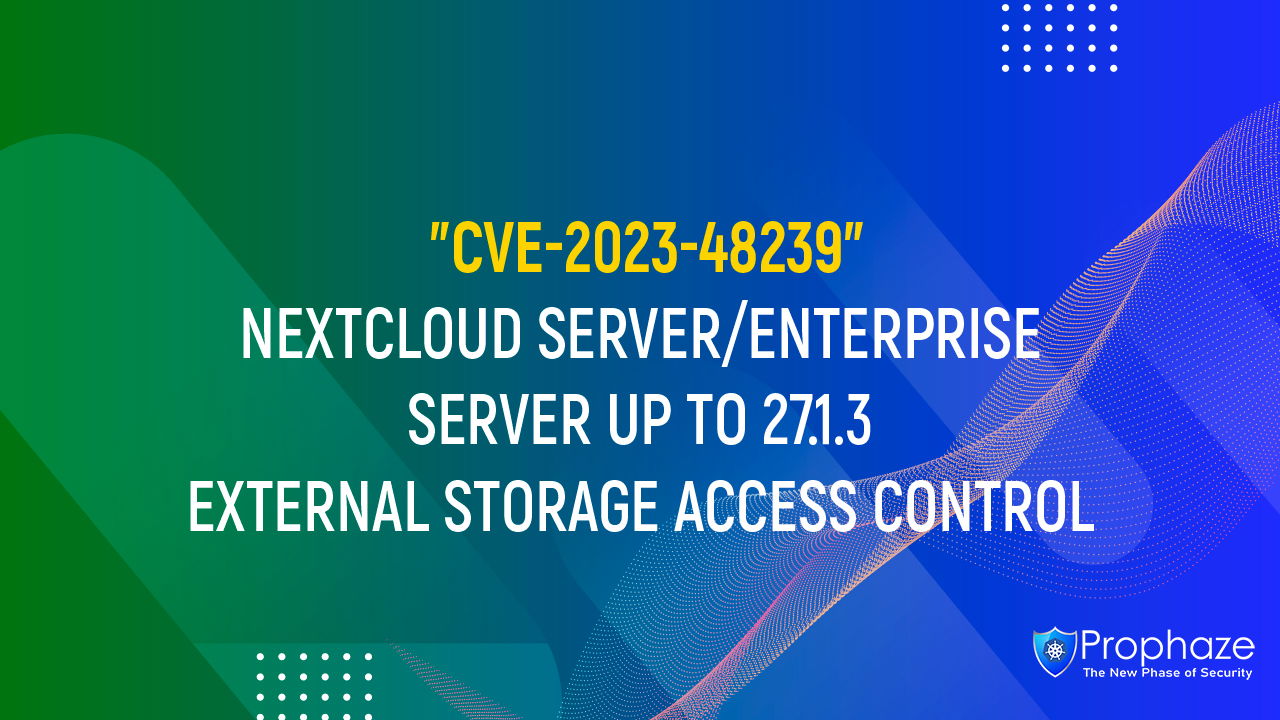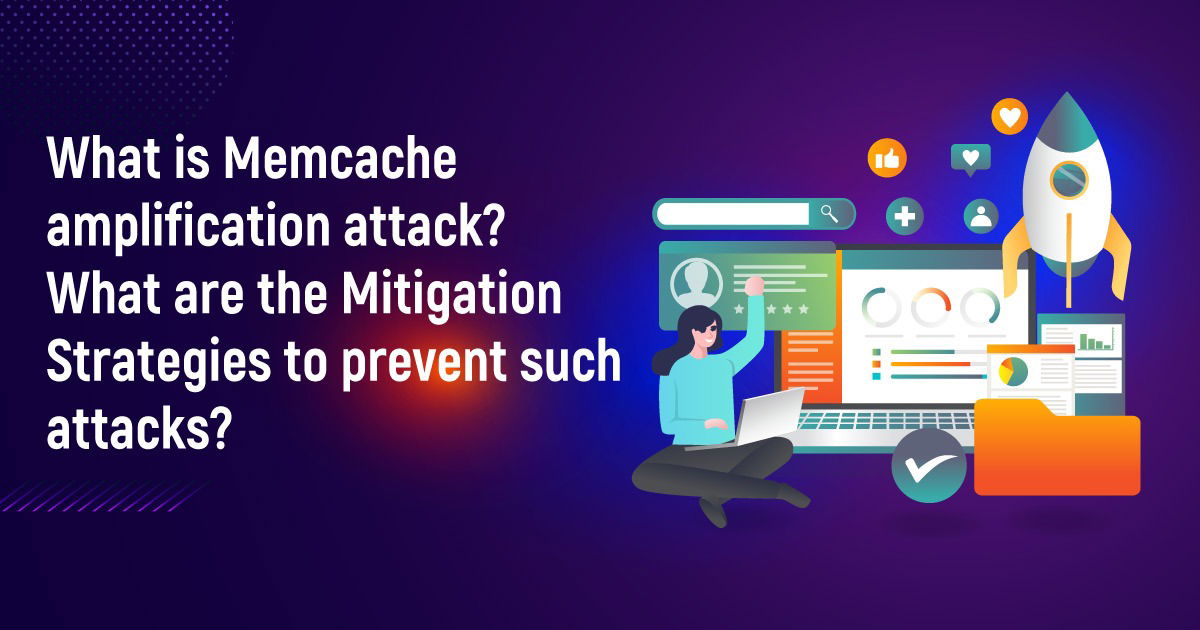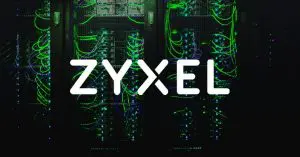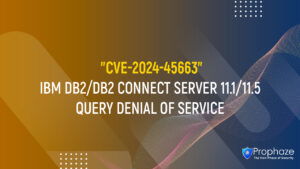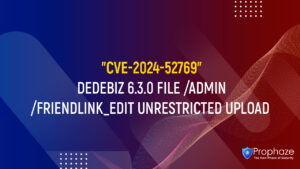An AI-powered Security Operations Center (SOC) represents a revolutionary change in the way organizations manage cybersecurity. By combining artificial intelligence (AI) and machine learning (ML) technologies with traditional SOC frameworks, businesses can optimize threat detection. Response to events and overall security measures in today’s digital landscape. Where cyber threats are becoming more complex Powered by AI… SOC provides a proactive and adaptive approach to cyber security.
Understanding the Role of a Security Operations Center (SOC)
The security operations center (SOC) serves as the center of an organization’s cybersecurity efforts. It consists of a team of security analysts and engineers who continuously monitor, investigate, and respond to security incidents. SOC has traditionally relied on human expertise. Information from various security tools and predefined rules to identify threats. However, as cyber threats evolve, this approach can be overwhelming and inefficient.
The Importance of AI in SOC Operations
Enhanced Threat Detection:
AI-powered SoC use machine learning algorithms to analyze massive amounts of data from network traffic. Endpoints and logs, which help identify patterns and anomalies that may indicate potential threats By learning from past data, AI can recognize new attack vectors. Traditional methods may miss.
Automated Incident Response:
AI can automate routine responses to common security incidents. This allows human analysts to focus on more complex threats. For example, AI can automatically shut down infected devices or block suspicious IP addresses, reducing response time and minimizing damage.
Predictive Analytics:
By leveraging AI’s predictive capabilities, SOCs can predict potential threats and prepare before they occur. This is a proactive approach that organizations take. Able to strengthen their defenses and minimize vulnerabilities.
Improved Efficiency:
AI can significantly increase the efficiency of SOC operations by streamlining workflows. And reduce noise caused by false positives. This means analysts can focus on the real threats without getting bogged down in alerts that don’t need action.
Continuous Learning and Adaptation:
AI-powered SOCs can continuously learn from new data. By adjusting the threat detection algorithm in real-time. This dynamic capability helps ensure that SOCs can keep pace with the evolving cyber threats used by attackers.
Components of an AI-Driven SOC
AI-Enhanced Threat Intelligence:
By combining threat intelligence feeds with AI capabilities, the SoC can analyze and prioritize threats based on real-time data. Improve the decision-making process.
Security Information and Event Management (SIEM):
Advanced SIEM systems with AI capabilities can link and analyze logs from various sources. To quickly and accurately identify security incidents.
Automated Playbooks:
AI-powered SOCs often use automated response playbooks that outline specific actions in response to certain events. And improve the incident response process.
User Behavior Analytics (UBA):
AI tools can examine user behavior patterns. Detect deviations from normal activities To help identify internal threats or compromised accounts.
Cloud Security:
As more organizations shift to cloud environments, AI-powered SOCs can provide real-time monitoring and security for cloud applications. And infrastructure.
Challenges of Implementing an AI-Driven SOC

While the benefits of AI-powered SoCs are many, enterprises may face several challenges during use:
Data Quality and Quantity:
AI algorithms require high-quality and diverse datasets to work effectively. Poor data quality can lead to incorrect threat identification and false positives.
Integration with Existing Tools:
Organizations must ensure that AI solutions integrate seamlessly with existing security tools and workflows to maximize efficiency.
Skill Gaps:
Successful AI-powered SoCs require skilled employees who understand cybersecurity and AI technology. Upskilling or hiring talent can be a barrier for many organizations.
Ethical Concerns:
As AI systems become more autonomous Ethical considerations therefore arise regarding confidentiality, bias, and responsibility in decision-making.
The Future of Cybersecurity with AI-Driven SOCs
Integrating artificial intelligence into security operations centers is a major advancement in the fight against cyber threats. By harnessing the increased ability of AI to detect threats. By automatic response through continuous learning, organizations can not only improve their cybersecurity posture. But it also stays ahead of emerging threats. As cyberwarfare continues to evolve, investing in AI-powered SoCs will be essential for organizations to protect them. Assets need and want to maintain operational integrity in an increasingly complex digital environment.


